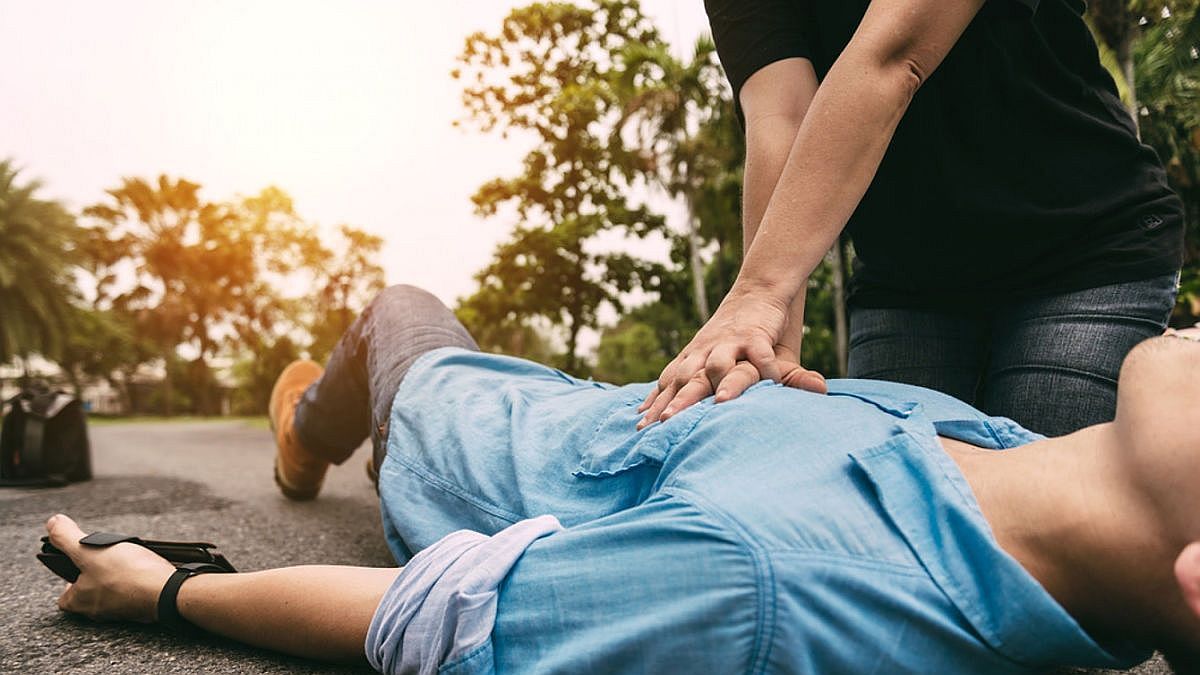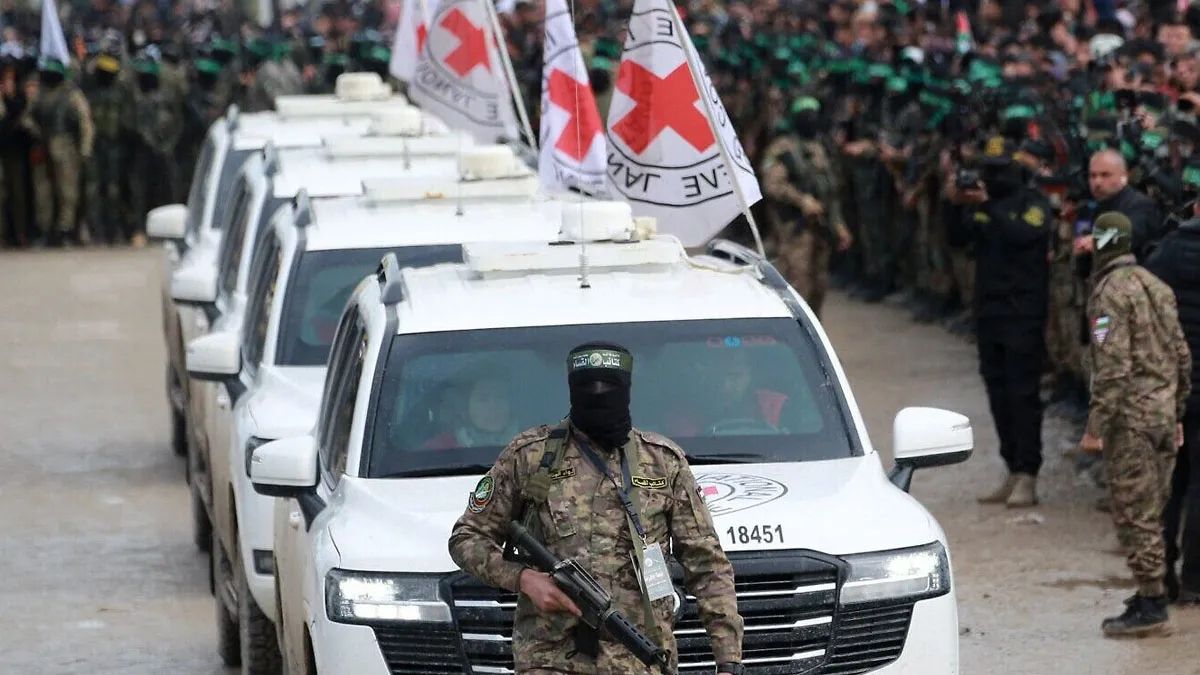The objective of this date is to raise awareness among the population about the importance of knowing the appropriate initial maneuvers to treat it and taking cardiopulmonary resuscitation (CPR) courses.
Between August 21 and 27, the commemoration of Week of the Fight against Sudden Death on the initiative of the Argentine Society of Cardiology (SAC) and the Argentine Cardiology Foundation (FAC). The objective of this date is to raise awareness among the population about the importance of knowing the appropriate initial maneuvers to treat it and taking courses cardiopulmonary resuscitation (CPR).
The content you want to access is exclusive for subscribers.
Since the 70% of sudden death cases occur outside the hospital settingit is essential to have knowledge on how to handle situations of this type, taking into account the short time window available to apply maneuvers. cardiopulmonary resuscitation (CPR) that can reverse the situation.


“A death is sudden when it is not caused by an accident, it is unexpected and from the beginning of the condition until it is triggered, about an hour passes. For this reason, it is said to be natural, unexpected and fast,” explained Valeria El Haj, doctor and national medical director of Ospedyc.
Studies report a variable incidence of this type of episodes ranging from 20 and 140 cases per 100,000 inhabitants. Although Argentina’s vital statistics do not report sudden death as a cause of death, based on international information and national reports, it can be estimated that there are around 40,000 cases annually locally.
In this way, you can expect approximately 1 case of sudden death per 1000 inhabitants. This is why they stress the importance of establishing the obligation of an automatic external cardioverter defibrillator (AED) in public and private places with public access with the presence of 1,000 people per day.
El Haj assures that “defibrillation within the first 3 to 5 minutes of collapse can produce very high survival ratesfrom among the 50 and 70%, and approach the 100% in the children’s group”, and adds: “Every minute that CPR is delayed, reduces the chances of survival by 10%but if CPR is applied quickly, the chance of survival of the affected person doubles or triples.”
What to do in the event of cardiorespiratory arrest
The American Heart Association (AHA) and the European Resuscitation Council (ERC) recommend a series of actions that can help a victim survive a cardiorespiratory arrest. Each link in the chain of survival represents a critical intervention and is defined in 6 steps:
- Recognize the case early and activate the Emergency system (107 or 911).
- Begin chest compressions within 2 minutes of the event.
- Defibrillate to restore cardiac rhythm (using an AED) within 4 minutes.
- Provide healthcare with advanced life support measures (Pre-hospital emergency system).
- Provide post-resuscitation care through the health system.
- Facilitate patient recovery.
CPR maneuvers
- Lay the unconscious person on a hard surface on his or her back.
- Place the hands of the resurrected person one on top of the other with the palms facing down and the fingers interlaced.
- Perform between 100 and 120 compressions per minute, sinking the chest by approximately 5 cm.
- Compressions should be rhythmic (same compression as relaxation).
- Change resuscitators every 1 to 2 minutes to avoid fatigue and thus prevent ineffective maneuvers.
- Once the AED is obtained, a second operator must connect it to the victim while continuing to perform compressions. Once the device is connected, it will tell us when to stop performing compressions and when to resume them.
Pediatric CPR maneuvers
- Check for airway obstruction.
- Begin compressions at the same frequency as in adults, checking that the chest descends 1/3 of its height.
- The position of your hands on the chest varies depending on the age of the child; you should place your index and middle fingers in the center of the sternum, between the nipples, or with both thumbs, and in older children, full-hand compressions may be required.
- Give 2 breaths of 1 second each, lightly blowing, to raise the baby’s chest.
- Alternate 30 compressions and 2 breaths until the ambulance arrives.
- Once the AED is obtained, a second operator must connect it to the victim while continuing to perform compressions and breaths. Once the device is connected, it will tell us when to stop performing compressions and when to resume them.
In both cases, these maneuvers must be carried out until the ambulance arrives.
“Regarding the use of the Automatic External Defibrillator (AED) – mentions El Haj-, these apply a shocks the heart to return it to a normal rhythm but, as with CPR, It has to be used quickly. For this, it is important to try to know where to find one in the places we frequent. These devices provide vocal and visual cues and are designed to be used by someone who has never seen them.”
Source: Ambito
I am an author and journalist who has worked in the entertainment industry for over a decade. I currently work as a news editor at a major news website, and my focus is on covering the latest trends in entertainment. I also write occasional pieces for other outlets, and have authored two books about the entertainment industry.




